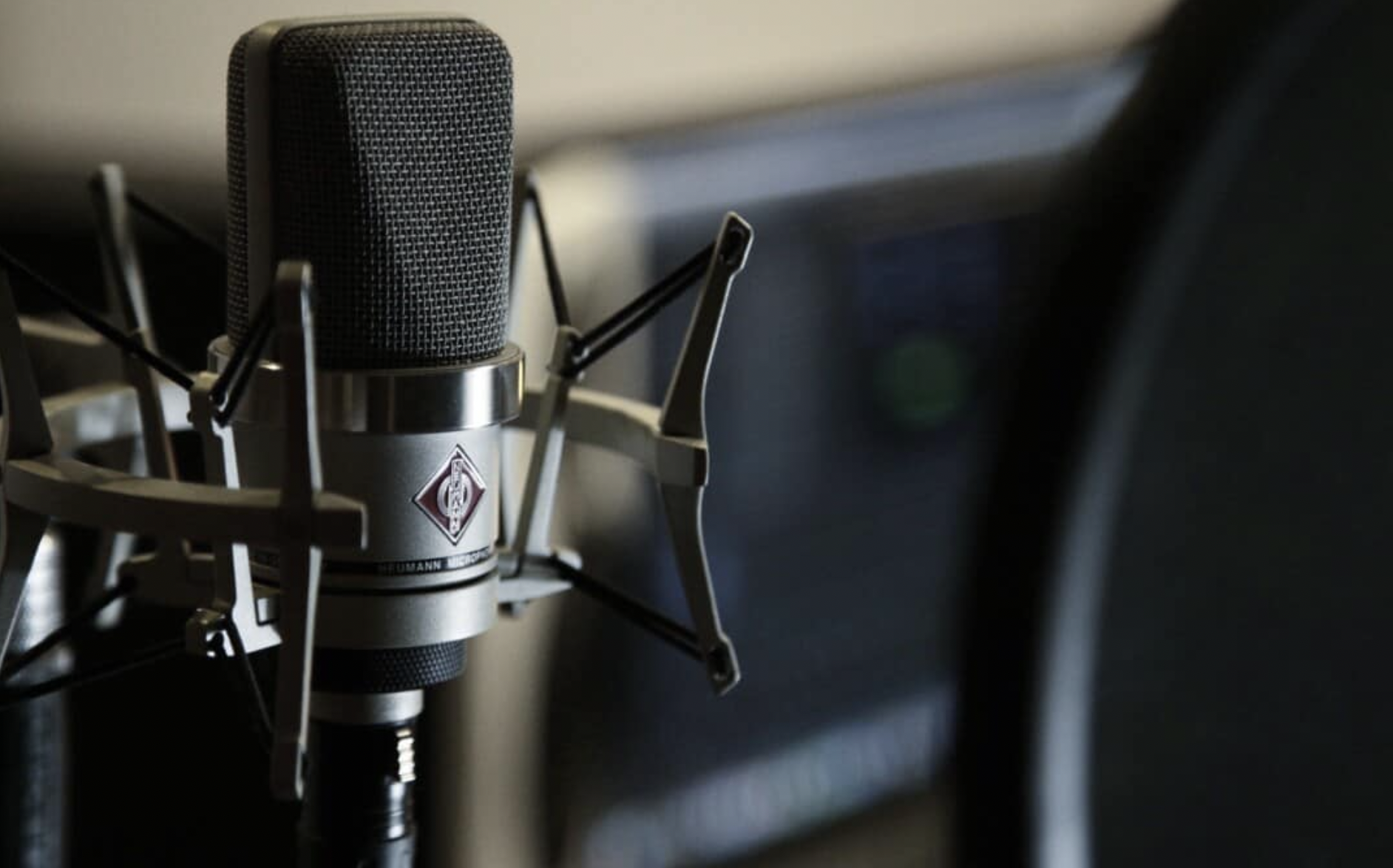
From church services to musical concerts, comedy clubs, and political debates, microphones play an essential role in these places. However, it’s important to note that microphones are no longer limited to these places only. Today, internet users require microphones when making podcasts, YouTube Videos, audio recordings, and voiceovers.
And, with so many settings where microphones are essential, the choice of your microphone has a big impact on the success of your project. In this post, we shall discuss two types of microphones—condenser and cardioid microphone, and let you know whether there’s any difference between these two microphones. Please read on for more information.
Table of Contents
Condenser microphone
A condenser microphone is a type of microphone. Other types of microphones include ribbon and dynamic microphones. Typically, microphones are characterized according to their transducer principle. These microphones have a solid metal plate diaphragm.
The diaphragm of a condenser microphone functions as a single plate of a capacitor, which is powered by either a battery or phantom power (+48V) from a mic’s pre-amp. When a sound input hits the powered diaphragm, the diaphragm vibrates, changing the capacitance. This, in turn, changes the voltage, creating an electric signal, which is the mic’s output signal. Condenser mics have a higher frequency range than dynamic and ribbon microphones.
Unlike dynamic microphones, condenser microphones are more detailed and sensitive in capturing sound. The main reason behind this is because it’s very easy for sound waves to vibrate a thin metal strip that vibrates a dense mic coil.
Sound engineers use condenser microphones on almost everything—from vocals to acoustic instruments, ensembles, drum overheads, ambient, and room mics. While different microphones have different characteristics, condenser microphones sound crisper and hi-fi than other mics.
Cardioid microphone
There’s a lot of confusion about the difference between condenser and cardioid microphones. Some people argue that there’s a distinct difference, while others say they are the same.
A cardioid refers to the polar or pickup pattern of a microphone. That’s why a condenser mic can be a cardioid. Bidirectional (figure eight) and omnidirectional (Omni) are other common pickup patterns.
The microphone’s polar pattern determines the direction from which it will be least or most sensitive to the input sound. So, a microphone with a cardioid polar pattern will pick up sound very well from the front but not from the back or the sides. On the other hand, bidirectional and omnidirectional polar patterns can pick sounds very well from different directions.
Mics with cardioid polar patterns can pick up sound directly from the source and convey it to your ears. And, if the sound is powered, the signal has energy, meaning the voice will resonate in the mouth.
A typical mic with a cardioid polar pattern has a two-piece construction. Besides, these microphones are more expensive than other types of condenser microphones. And, because cardioids need to be closer to the sound source to receive the reflected sound clearly, they are larger and heavier than dynamic or ribbon microphones.
These microphones are also less flexible, and they need to be placed in a specific direction or angle to avoid picking up unwanted sound or interference from other sound sources. But, if your recording environment is noisy or you need to switch the locations of your microphone, a cardioid can be the best option. However, you will still get DPA Condenser Microphones benefits if you use a cardioid microphone.
When should you use cardioids?
Mics with a cardioid polar pattern are suitable for stage and close-range mic settings because they can easily block sound leaks or unwanted sounds. Therefore, you can use cardioid mics in different sound recording settings like:
Amplifiers
you can place a mic with a cardioid polar pattern facing a speaker. This can be a keyboard, acoustic, lead, or bass guitar amp. Other than keeping leaks and other room noises away, a cardioid picks up the instrument’s distinctive sound through the amp, mixing that with other functions that the amp might have, like pre-amp, equalizer, transistors, and valves. Most sound engineers use this as an alternative to recording directly on the mixing console.
Drums
cardioid polar patterns allow isolated miking of one drum as a complete kit. Having all the drum tracks separated with very low leaks makes mixing easier during post-production.
Live studio recordings
if you want to keep the energy of a live concert in a studio setting, then a cardioid microphone is the right tool for the job. This is because cardioids can avoid sound leaks from other instruments. For instance, your microphone will pick up minimal sound from the acoustic guitar or percussion drums you are playing. When equalizing, editing, mixing, and mastering your recording, this makes a big difference.
Bottom Line
So, what’s the difference between a condenser and a cardioid microphone? Basically, there’s no difference. A condenser is a technology, while cardioid is the directivity. Thus, a cardioid is not a type of microphone—rather, it’s a pickup or polar pattern of a condenser microphone. The only difference is that different condenser microphones have different polar patterns. Therefore, some condenser microphones have cardioid polar patterns while others don’t.